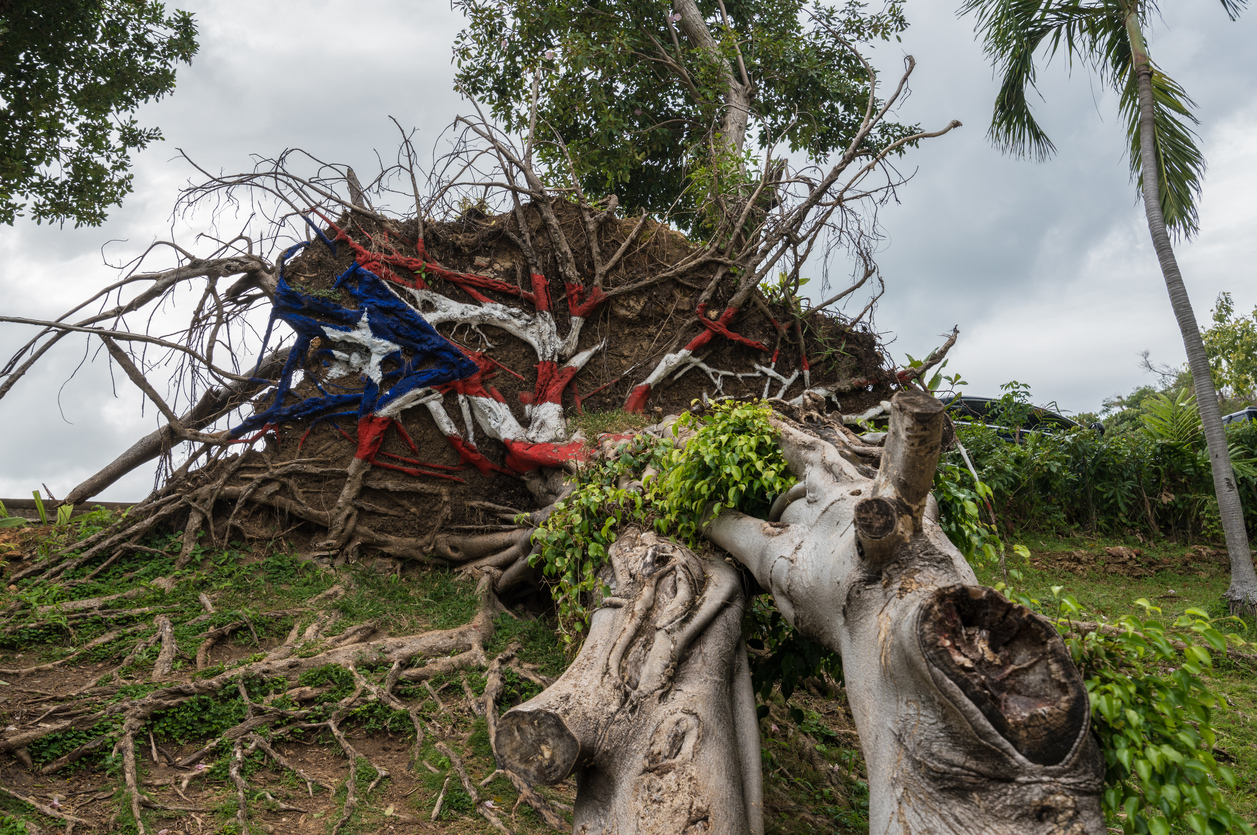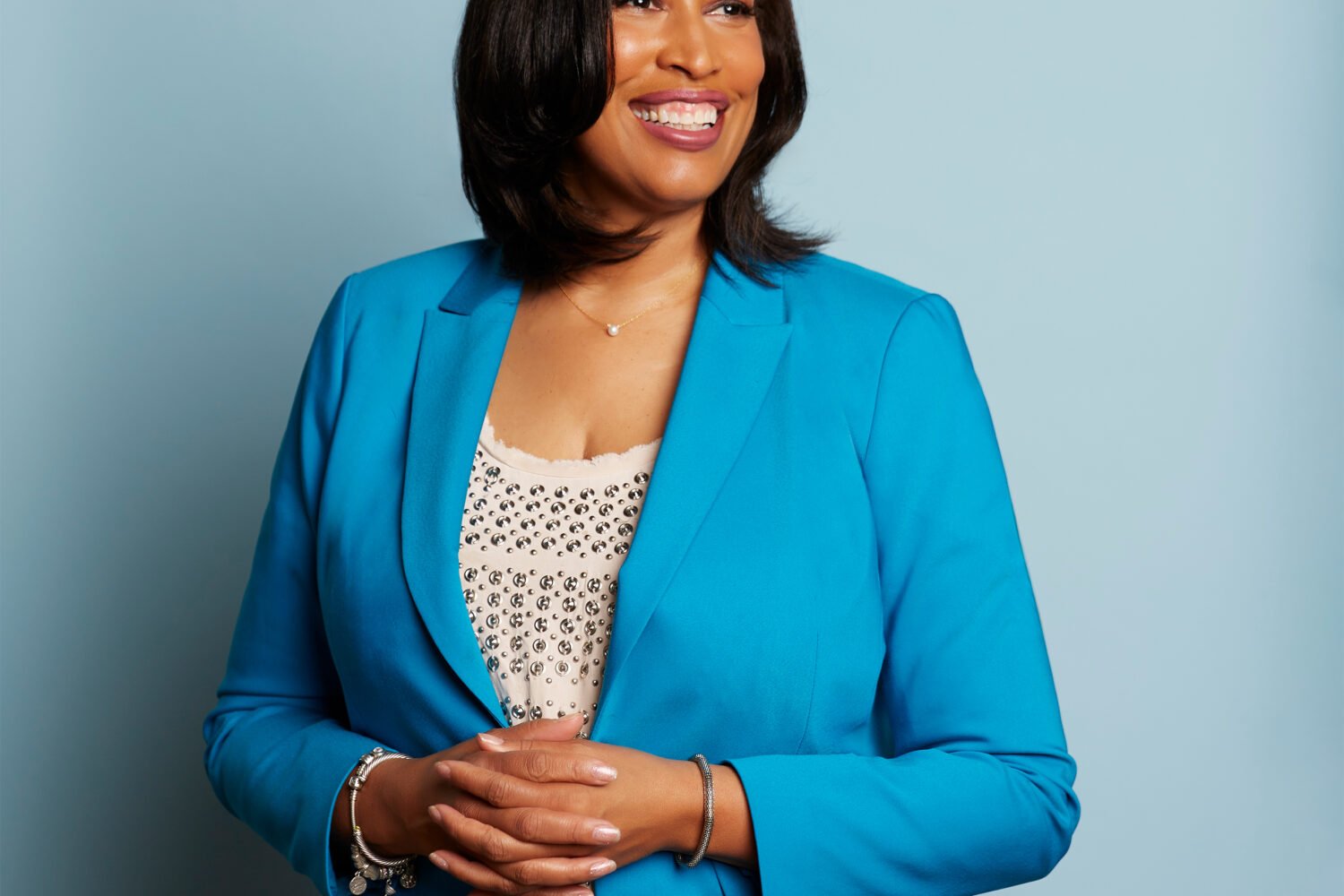Last month, a research team from the George Washington University’s Milken Institute of Public Health released the first phase of a report that placed the total number of deaths in Puerto Rico from Hurricane Maria at 2,975—roughly 500 times the initial estimate of 64. Governor Ricardo Rossello, who commissioned the study, later accepted the number as the official death toll and agreed he had “made mistakes.”
Dr. Lynn Goldman, the head of the Milken School and lead researcher of the study, commended Rossello’s reaction. “I think that takes courage for politicians to do that,” Goldman says. “Many of them don’t like to ever show that they might change a number.”
Goldman says she was surprised by the number of deaths, too. In an interview with Washingtonian as Hurricane Florence approached the mid-Atlantic, Goldman talked about the report’s findings, personal experiences she’s had along the way, and what we can expect for the next phase—if it even comes to be.
What are some of the recommendations for disaster preparedness that were covered in the report?
Our findings support a couple of things: one, that there needs to be better training across the board for people who fill out death certificates about how to do it. This is a recommendation not just for Puerto Rico but really the whole country.
In particular, there needs to be better guidance about filling out the circumstances around deaths in disasters. See, death certificates do a really good job accounting for circumstances that cause deaths by injury, but there aren’t a lot of other details that we need to have to be able to link individual deaths to a disaster. I think that that’s something that we will work on on the next phase.
Elderly men over 65 and those in lower income communities are more severely impacted. We need to pay particular attention in providing aid and assistance to those populations.
What else would you want to explore in the next phase?
I’m also interested in the broader public health impact. If we had more deaths, than that’s probably the tip of the iceberg in terms of other things that were going on. It would be good to get a broader sense of the health impact outside of just death.
Will there be a follow-up report?
We’re working on that. It’s not yet funded, so I can’t say there will be until we have the funding.
Did you expect the results that you found?
No, I really didn’t think that we would see almost 3,000 deaths. I would have been very surprised if we had gotten a lower number in the 60s, just because that estimate was done only a few days after the storm. Even when we were there in February, there were still many parts of the capital that didn’t have electricity.
Were you struck by anything during your visit to Puerto Rico in February?
As soon as you landed you could still see that there was still a considerable amount of structural damage to buildings, lots and lots of blue tarp. The trees had been blown apart—no wonder the power lines came down, because they were all above ground. The cab driver that picked me up at the airport told me that he hasn’t had power at his place for even a day since the storm. So even though the newspapers said power had mostly been restored, he seemed to know a lot of people who still didn’t have power.
What were your thoughts on Governor Rossello’s reaction to your report?
I was very happy to see he immediately said that we’re going to adopt this as our official number. That always makes you happy when your scientific results are accepted and adopted. I think that takes courage for politicians to do that—many of them don’t like to ever show that they might change a number. They did commission us to do it and they followed through on their commitment to try to get an independent assessment. So that felt good.
Hopefully you’ll be able to advise them with a follow-up study.
I’m hoping that from the standpoint of the federal government, there’s broader thinking in terms of public health service. I don’t think the public health service was as fully engaged as they could have been throughout.
I did learn in the aftermath that they had planned and drilled for only a Category 1 or 2 hurricane in Puerto Rico. You have to question that [decision] if you think about what we know now about living in a changing climate. We’re seeing more storms, but we’re also seeing storms of higher intensity. Preparing ourselves for storms anywhere along the coast makes sense to me.
What do you think the main takeaway of this report should be?
It’s very important to understand that we need to shift to a culture of preparedness in this society, rather than being focused around disaster and response. As long as we’re only focused on disaster and response, we will see people dying unnecessarily. What we need to do is to prepare, and that means preparing our health and public health systems to be able to protect people, especially the most vulnerable.
The interview has been condensed and edited.














